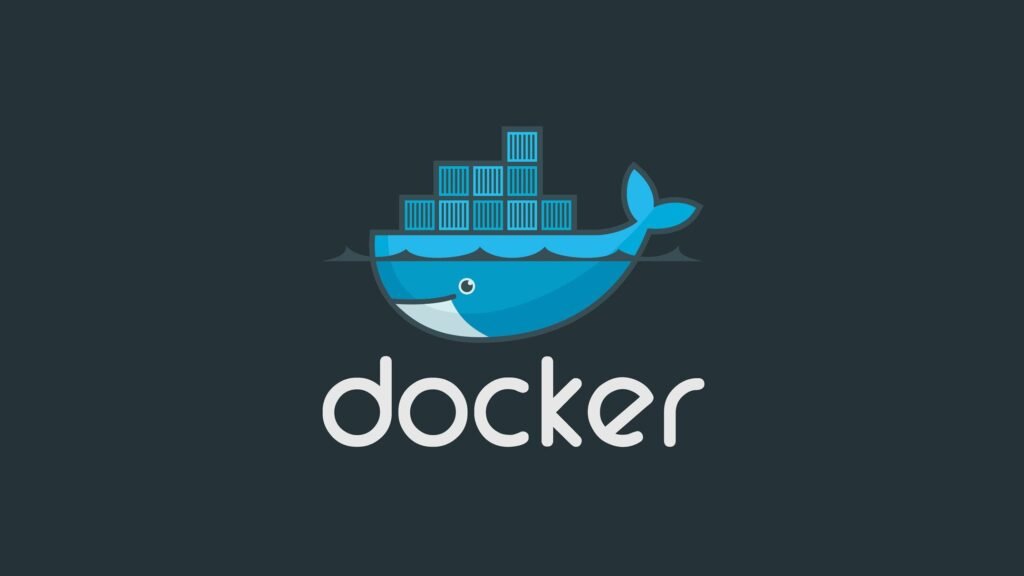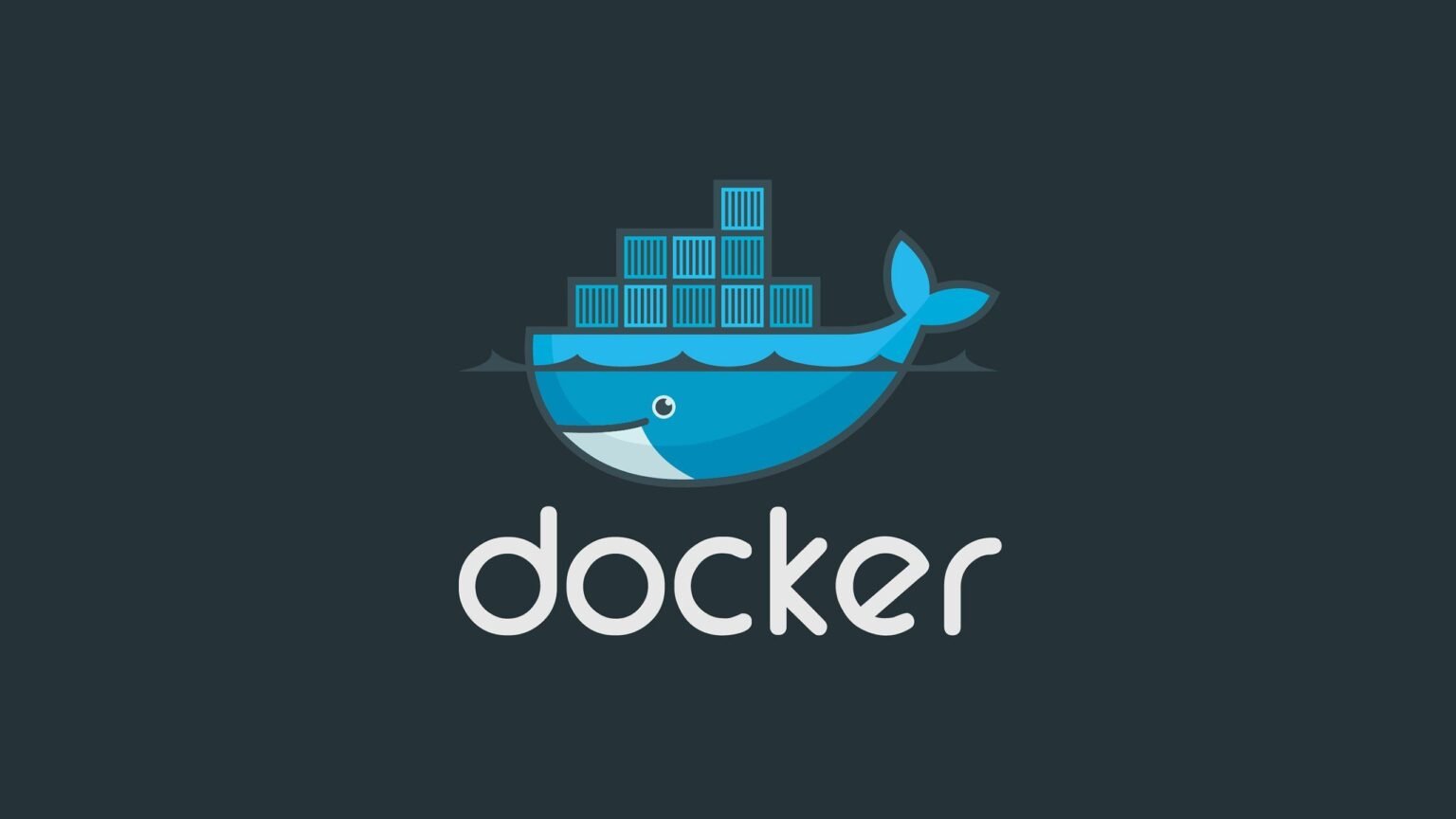
In the world of IT development and operations, the way we build, deploy, and manage applications has undergone a profound transformation. One of the most significant innovations driving this change is containerization, particularly the use of Docker. These technologies have radically altered how software is packaged, deployed, and scaled, making development cycles faster, more efficient, and more scalable. In this blog, we’ll explore how containerization and Docker are reshaping the landscape of IT development and operations.
What is Containerization?
Containerization is a lightweight form of virtualization that enables developers to package applications and all their dependencies into a standardized unit called a container. These containers can run consistently across different computing environments, whether it’s on a developer’s laptop, a test server, or in a production cloud environment.
Unlike traditional virtual machines (VMs), which require a full guest operating system for each instance, containers share the host system’s OS kernel but operate in isolated user spaces. This makes containers more efficient and faster to deploy than VMs, which need to spin up an entire OS.
What is Docker?
Docker is an open-source platform that simplifies the creation, deployment, and management of containers. It provides an easy-to-use interface and a set of tools that allow developers to package applications into containers, distribute them, and run them in a variety of environments. Docker includes:
- Docker Engine: A runtime that allows you to build and run containers.
- Docker Hub: A cloud-based registry that allows you to store and share container images.
- Docker Compose: A tool for defining and running multi-container Docker applications.
Together, these components make Docker an essential tool for modern software development and deployment.
How Containerization is Reshaping Development and Operations –
- Consistency Across Environments –
One of the biggest challenges in software development is ensuring that an application works the same way in all environments. A developer might build and test an application on their local machine, but once it’s deployed to a testing or production server, it might behave differently due to differences in the underlying infrastructure.
Containerization solves this problem by creating consistent environments for applications. Since containers include the application and all of its dependencies (libraries, frameworks, configurations, etc.), the application will run in the same way regardless of where the container is deployed. This eliminates the notorious “works on my machine” problem, making development, testing, and deployment more reliable.
- Faster Development and Deployment Cycles –
Containerization accelerates both development and deployment cycles. Since containers are lightweight and fast to create and start up, developers can iterate quickly and deploy changes with minimal overhead. Docker enables Continuous Integration (CI) and Continuous Deployment (CD) pipelines by automating testing and deployment tasks. As a result, new features, bug fixes, and updates can be rolled out faster and with greater consistency.
With the ability to quickly spin up new containers for development, testing, and staging environments, developers can focus more on writing code and less on configuring infrastructure. This leads to faster time-to-market for new products and features.
- Improved Scalability and Flexibility –
Containers provide an excellent foundation for scaling applications. In traditional infrastructure, scaling often requires provisioning new virtual machines, configuring them, and managing resources across them. With containers, scaling becomes much easier and more efficient.
Since containers are lightweight, they can be spun up or down quickly to meet demand. Tools like Kubernetes (which orchestrates containerized applications) allow for automatic scaling based on traffic and resource needs. This makes it possible to run applications on a massive scale without the complexity and overhead of managing individual servers.
Additionally, Docker’s portability means that containers can run anywhere — on private data centers, public clouds, or hybrid environments. This flexibility allows businesses to choose the best infrastructure for their needs while ensuring that the application’s environment is always consistent.
- Microservices Architecture and Flexibility –
Containerization is a perfect match for microservices — an architectural style that divides applications into small, loosely coupled services that can be developed, deployed, and scaled independently. Each microservice can be packaged into its own container, making it easier to manage, scale, and deploy individual components of an application.
Microservices enable development teams to work independently on different services without worrying about dependencies or conflicts. Docker containers make it easier to deploy these services, ensuring they all run seamlessly together. This modularity leads to better maintainability and scalability, as well as the ability to choose different technologies for different services.
- Docker in Cloud-Native Development –
As more companies migrate to the cloud, containerization is becoming the foundation for cloud-native development. Cloud-native applications are designed to run in dynamic, distributed environments where scaling, resilience, and flexibility are crucial.
Containers, especially when orchestrated with tools like Kubernetes, are ideal for running cloud-native applications. They allow organizations to deploy microservices across multiple cloud instances, ensure high availability, and automatically scale services based on real-time demand. Docker and containerization provide the building blocks for cloud-native architectures that are agile, scalable, and highly available.
Conclusion –
Containerization, particularly through Docker, has revolutionized IT development and operations by introducing new levels of efficiency, scalability, and flexibility. Docker allows developers to create portable, consistent environments for applications, streamlining the development, testing, and deployment processes. It enables organizations to embrace modern architectures like microservices, build cloud-native applications, and adopt DevOps practices for faster, more reliable delivery.
As the IT landscape continues to evolve, containerization and Docker will remain central to the way businesses build, deploy, and manage applications — offering a competitive advantage in a fast-paced, technology-driven world. Whether you’re an individual developer, a startup, or a large enterprise, embracing Docker and containerization will be key to staying ahead in the ever-changing digital landscape.


